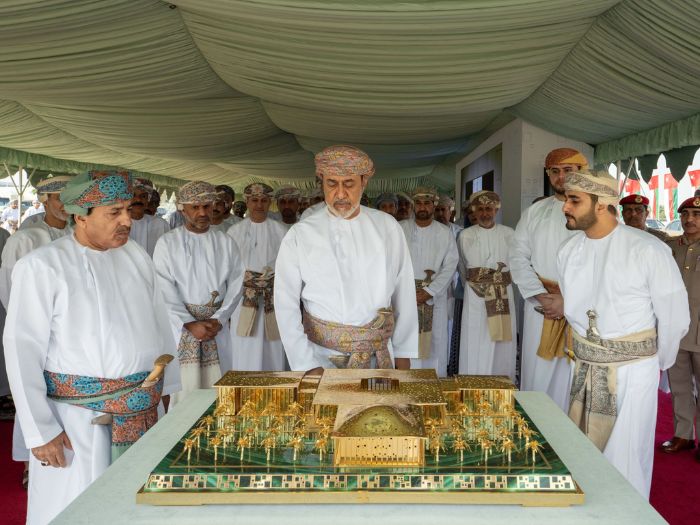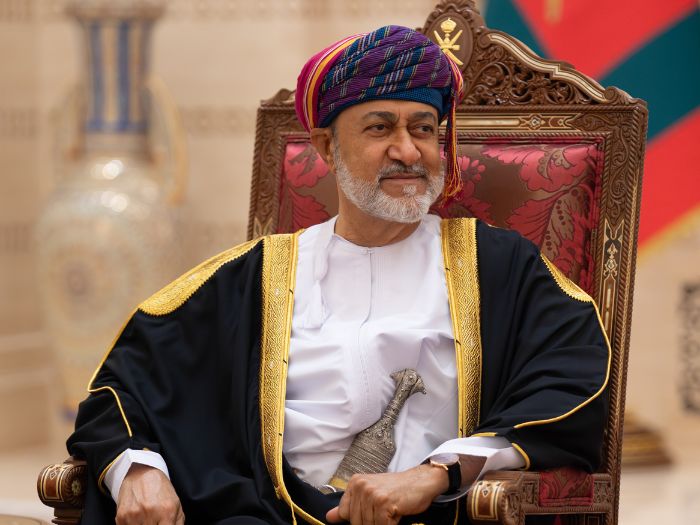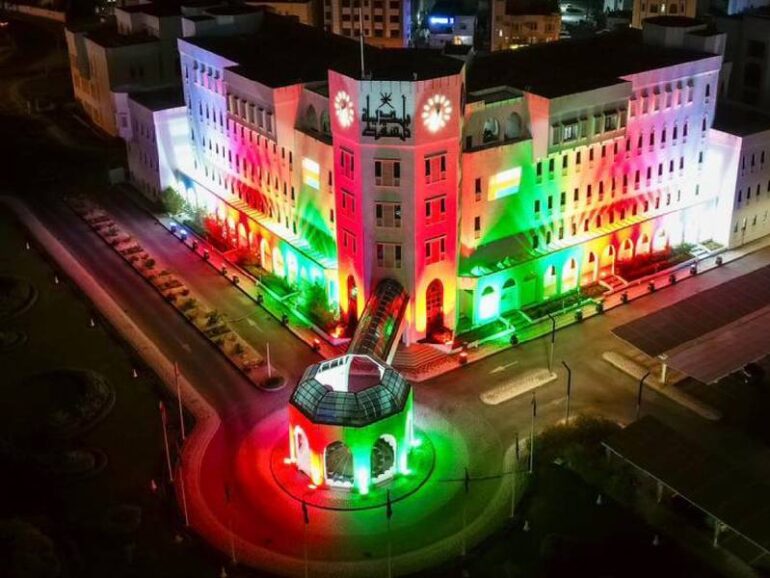
Muscat – Oman’s maritime history spans centuries of travel, trade and cultural exchange, shaping the nation’s identity and its relations with regions from East Africa to India and China. It is a legacy built not on conquest but on navigation, commerce and mutual respect, establishing Oman as a link between continents and a carrier of […]
Muscat – Oman’s maritime history spans centuries of travel, trade and cultural exchange, shaping the nation’s identity and its relations with regions from East Africa to India and China. It is a legacy built not on conquest but on navigation, commerce and mutual respect, establishing Oman as a link between continents and a carrier of culture and faith.
Researchers note that this maritime heritage reflects values embedded in Omani society: integrity, trust and fair dealings. These values helped Omani sailors and traders establish ties across the Indian Ocean world. Their legacy remains visible in coastal towns of East Africa, ports in India, Chinese cities and the islands of Southeast Asia.
Sheikh Hamoud bin Hamad al Ghailani, a researcher in Omani maritime history, said every nation draws identity from its culture, and Oman’s has long been shaped by movement across seas. He attributed the spread of Islam in East Africa much to Omani traders whose conduct earned respect and trust. “It was not through force, but through dialogue, good treatment and honesty,” he said.
In East Africa, the Arabic-language press grew under Omani influence, with publications such as Al Najah, Al Nadi, Al Falaq, Al Nahda, Al Ummah, Al Islah and the Official Gazette.

Oman also contributed significantly to maritime knowledge. Centuries of voyages built a tradition of empirical learning. Navigators like Ahmed bin Majid recorded star routes and ocean currents. His predecessors – Yazid al Omani, Ismail bin Ibrahim bin Mardas and Jaafar bin Lakis – and navigators like Kutah produced maps and sailing guides used by other nations.
The Omani presence in East Africa intensified during the reign of Sayyid Said bin Sultan. Zanzibar became a centre of trade, Islam and Arab culture. Islam spread through caravans and merchant-scholars, not armies. Among these were Khamis bin Juma (who influenced the conversion of Muteesa I of Buganda), Sheikh Abdulrahman bin Obaid bin Hamoud, Hamad bin Mohammed al Marjabi and Obaidullah bin Salim al Khadhouri.
Omani ships linked the Indus Valley, Mesopotamia, Pharaonic Egypt and later East Africa and China. These routes laid foundations for lasting diplomatic and economic relations that continue to influence Oman’s foreign engagement.
According to Dr Saleh bin Mohammed al Fahdi, a member of the State Council, maritime heritage is a central part of Oman’s identity and soft power. He said Oman’s location – between the Arabian Sea, the Indian Ocean and the Arabian Gulf – made its ports strategic meeting points. Muscat, Suhar, Qalhat, Sur, Samharam and Mirbat served as stopovers for trade, supplies and cultural interaction.

“History records Omanis as masters of the seas,” he said, noting that Chinese documents mention Omanis as the first Arabs to reach Canton (Guangzhou). Omani sailors were welcomed because they were known for tolerance, honesty and fairness. Mosques built by Omanis in China remain active today.
Oman’s maritime identity, he added, is a form of soft power that enhances its global presence. Its legacy reflects an image of a nation that contributed to others without domination or exploitation.
Maritime researcher Khalid bin Ali al Mukhaini said the sea for Omanis was not a boundary but a path to survival and identity. With long coastlines and a harsh interior, Omanis turned to the ocean for trade, food and connection. Generations of sailors mastered navigation using stars, weather patterns and monsoon winds. They read tides, currents and the behaviour of migratory birds to predict storms.
Traditional instruments included the marine astrolabe, bearing tablets of Ibn Majid, the compass and the ‘balad’ lead line for measuring depth. Hourglasses and the Al Batili log were used to estimate speed. This knowledge sustained trade with India, East Africa and beyond.

Ports such as Sur, Muscat, Suhar and Mirbat became active centres of commerce. Ships carried spices, timber, ivory and gold from India and Africa, and returned with dates, copper and horses. Monsoon winds made voyages seasonal but reliable.
Historian Dr Ahlam bint Hamoud al Jahwari said Oman’s coastal position made it a centre for maritime trade in the ancient Near East. Omani sailors built ships suited to long voyages and forged networks that connected East and West.
In the modern era, Oman has revived this heritage through symbolic voyages. The replica ship Sohar sailed to China in 1980, retracing ancient trade routes. The Jewel of Muscat sailed to Singapore in 2010. Training ships such as Shabab Oman I and II, Zinat al Bihar and vessels including Qahir al Amwaaj, Al Najah and Nasr al Bahr represent Oman at global maritime events.
Ahlam described how the warship Al Rahmani, linked to Imam Ahmed bin Said al Busaidi, gained recognition in 1775 for helping lift the Persian siege of Basra. The vessel Sultana marked a milestone in maritime diplomacy when it sailed to New York in 1839 with a message from Sultan Said bin Sultan to the US President, establishing formal ties.
Oman’s maritime heritage remains a living foundation of national identity. It is not a relic but an asset guiding cultural diplomacy and international relations. By preserving this legacy and passing it to future generations, Oman maintains its role as a bridge between cultures through dialogue, not domination.



 Liwa Link dual road opens to boost mobility and economic activity
Liwa Link dual road opens to boost mobility and economic activity
 H M renames Oman Cultural Complex after Sayyid Tarik bin Taimur
H M renames Oman Cultural Complex after Sayyid Tarik bin Taimur
 His Majesty issues a supreme royal decree
His Majesty issues a supreme royal decree
 Decked out for National Day 2025
Decked out for National Day 2025
 New digital platform presents Oman’s story to the world
New digital platform presents Oman’s story to the world
 Five years in, Oman Vision 2040 surpasses 100 projects
Five years in, Oman Vision 2040 surpasses 100 projects